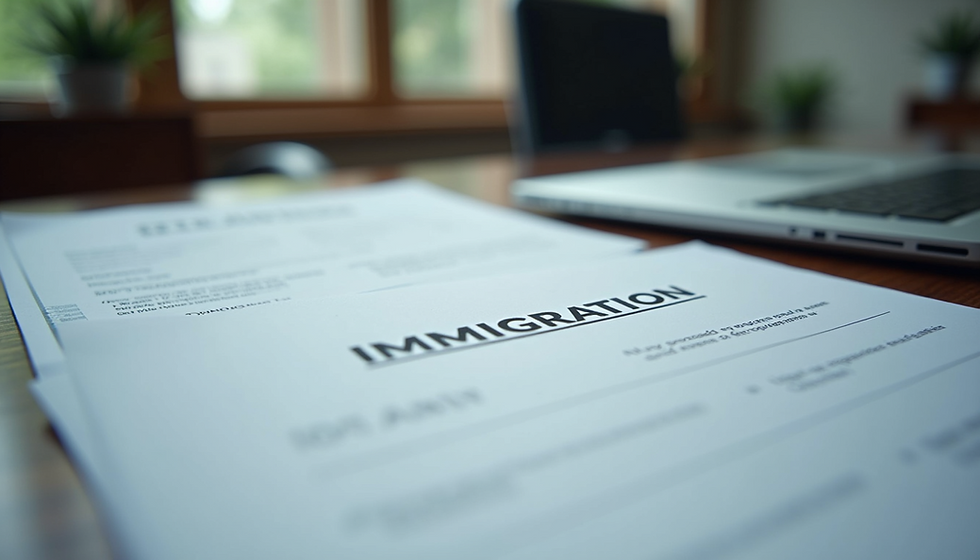New $250 “Visa Integrity Fee”: What You Need to Know
- amardeep ransi
- Jul 19
- 3 min read

When Does It Begin?
The fee was signed into law on July 4, 2025, as part of the “One Big Beautiful Bill” (H.R. 1).
It applies to the U.S. fiscal year 2025, which runs from October 1, 2024, to September 30, 2025.
Collection procedures haven’t started yet—an official implementation date is expected around October 1, 2025, with formal guidance due soon.
💵 Who Will Pay?
Anyone issued a non‑immigrant visa—including tourists (B‑1/B‑2), students (F‑1/F‑2/M), temporary workers (H‑1B/H‑4), exchange visitors (J‑1/J‑2), business travelers (B‑1), and many others.
Visa‑waiver countries (e.g., UK, Japan, Germany) and most Canadians/Bermudans applying for visas are exempt.
Diplomatic visa holders (A/G) also do not pay this fee.
🧾 Fee Details & Refunds
The base fee is $250 (or more, if DHS sets a higher amount); it will then be inflation‑adjusted annually starting FY 2026.
It’s non‑waivable and added on top of existing fees—such as visa application (e.g., $185 for B visas), security surcharges, and I‑94 arrival/departure fees.
A limited refundable deposit: applicants may get a refund if they comply fully—depart on time, don’t overstay or work illegally, or change/extend status legally. However, process details are not finalized.
🔍 Why Introduced?
Aimed at strengthening visa compliance and deterring overstays/visa misuse.
Collected funds go to the U.S. Treasury’s general fund, not earmarked for travel or implementation costs.
✅ Impacts for Travelers & Stakeholders
Tourists & Business Travelers
Instant increase in total visa cost: B‑1/B‑2 fee may rise from ~$185 to ~$435 before other charges like I‑94 fees.
Could lead to reduced short‑term visits amid growing travel expenses and global competition.
International Students
Adds to already steep costs (~$185 application + $350 SEVP fee), bringing total for F‑1 visa to about $785, with a possible refund later.
May deter prospective students or shift choices to other countries.
Temporary Workers (H‑1B, L‑1, etc.)
Employers or employees now face increased visa expenses.
With tech and global firms depending on these visas, cost may influence hiring or outsourcing decisions.
Event & Tourism Industry
Major upcoming events (e.g., FIFA World Cup 2026, Olympics 2028) could suffer from decreased foreign attendance.
Indian Applicants
For Indians, a B‑1/B‑2 visa may now cost around $472 (approx ₹40,000) including fees and charges, which may reduce tourism/employment flows.
🛠️ Next Steps & What to Watch
📌 Bottom Line
Who Pays: Most non‑immigrant visa applicants, except visa‑waiver and diplomatic.
How Much: $250 minimum, plus existing visa charges; refundable under strict conditions.
When: Law effective July 4, 2025; collection expected after October 1, 2025—waiting on agency rules.
Why It Matters: Could reduce U.S. travel, student enrollment, and long-term economic impact.
✏️ In Summary
The new Visa Integrity Fee marks a significant shift in U.S. visa policy—treating part of the visa cost as a security deposit to encourage lawful travel. While compliance incentives are novel, the higher upfront barrier may discourage visits for tourism, education, and business. As details emerge, updates will be essential for anyone planning to travel or hire internationally.




Comments